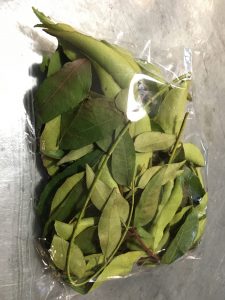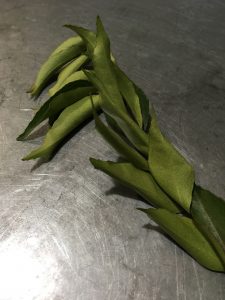 I’ll be making Sri Lankan marshmallows with Kavya this week, and sending them out as part of a spring book sale. Will run it for just the first week of April, so if this sounds appealing, get your orders in quick!
I’ll be making Sri Lankan marshmallows with Kavya this week, and sending them out as part of a spring book sale. Will run it for just the first week of April, so if this sounds appealing, get your orders in quick!
Spring Books Into Flowers Sale!
In spring, a person’s thoughts turn to dreams of flowers, and how better than to sell a few books and artisanal hand-made Sri Lankan sweets and dark-roasted curry powder? I’m clearing out a bit more of the basement book stock — U.S.-only, I’m afraid, due to food regulations and shipping costs. Happy to sign / dedicate any books, of course!
– Bodies in Motion (Sri Lankan immigrant stories) hardcover: $15
– A Taste of Serendib Sri Lankan cookbook: $10
– Torn Shapes of Desire (erotic fiction and poetry: $10 (TS is out of print, so when they’re gone, that’s it…26 copies left)
– Cashew milk toffee (3 pieces): $12
– Chai spice truffles (2 pieces): $8
– Chili-chocolate truffles (2 pieces): $8
– Vanilla-rose marshmallows (2 pieces): $8
– Mango-lime marshmallows (2 pieces): $8 (note: experimental!)
– 2 oz bag homemade curry powder: $5
– 4 oz bag: $7
+ Shipping & Handling: $5 / order
Comment below or e-mail mohanraj@mamohanraj.com with the subject line SPRING BOOKS to reserve your copies; I’ll take orders as they come in. Please note which books you’d like signed, and if you want just a signature, or dedicated to someone.
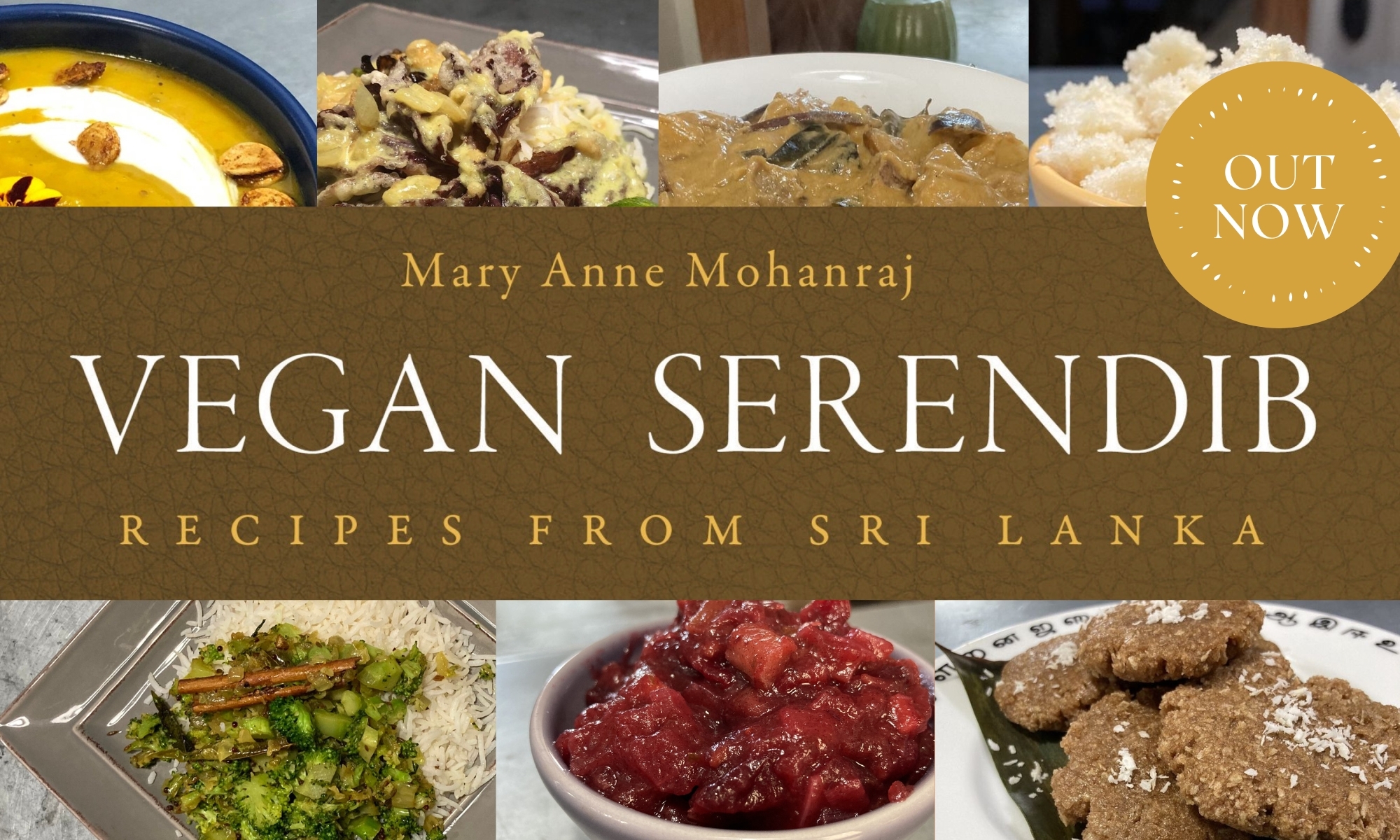

 A fresh, green element on the dinner plate.
A fresh, green element on the dinner plate.
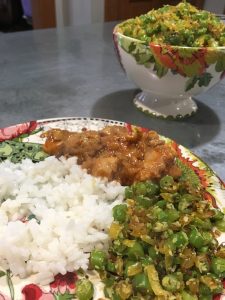


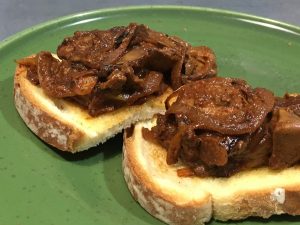 Note to self — on a day when you had a fair bit of blood drawn (routine check-up stuff, not to worry), maybe it’s not the brightest choice to a) eat lightly and then b) go workout with the trainer at the gym. I had to sit down partway through because I got light-headed! It’s all fine; a few minutes of rest put me right.
Note to self — on a day when you had a fair bit of blood drawn (routine check-up stuff, not to worry), maybe it’s not the brightest choice to a) eat lightly and then b) go workout with the trainer at the gym. I had to sit down partway through because I got light-headed! It’s all fine; a few minutes of rest put me right.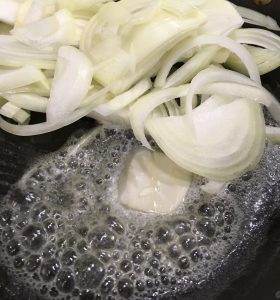
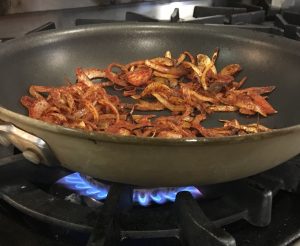
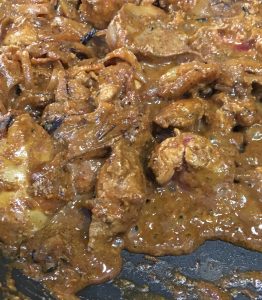

 No real recipe — I just follow the instructions on the Maesri red curry paste can, combining the paste with coconut milk and a bit of brown sugar and fish sauce and simmering the salmon and bamboo shoots in that.
No real recipe — I just follow the instructions on the Maesri red curry paste can, combining the paste with coconut milk and a bit of brown sugar and fish sauce and simmering the salmon and bamboo shoots in that. Thai Carrot Salad
Thai Carrot Salad  Cauliflower Poriyal
Cauliflower Poriyal

